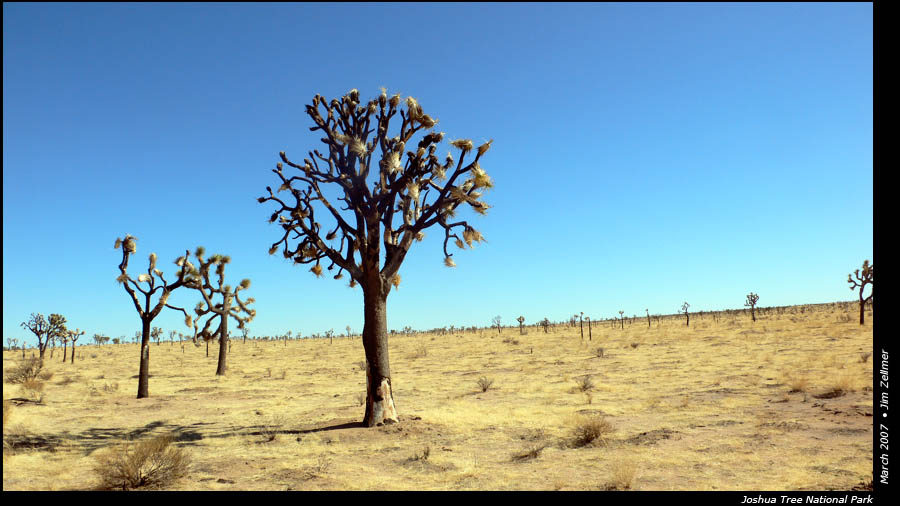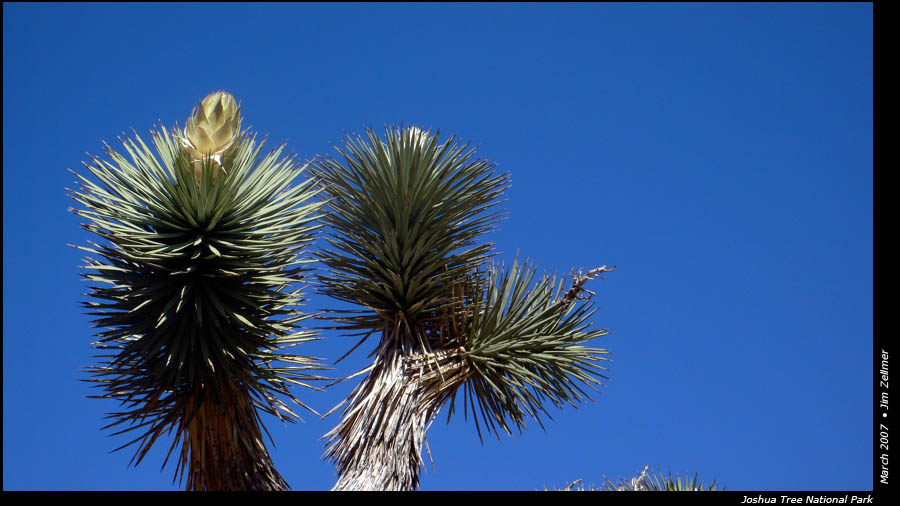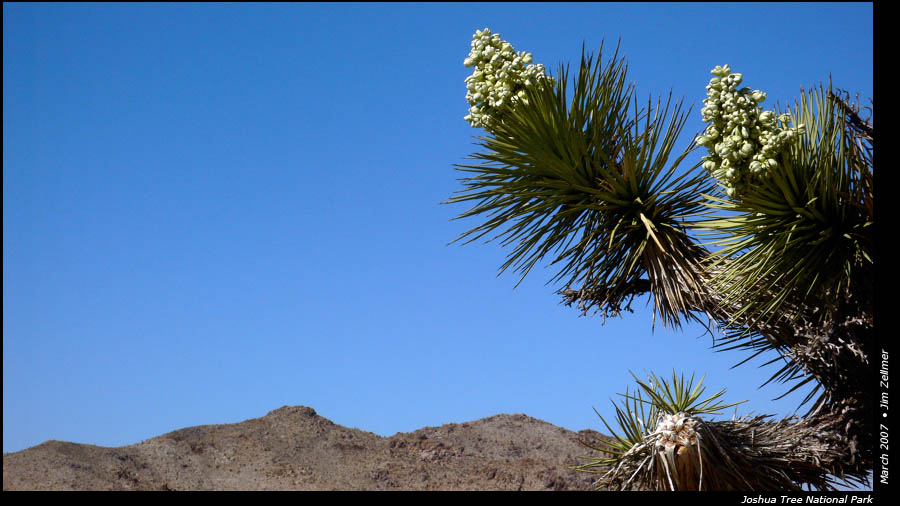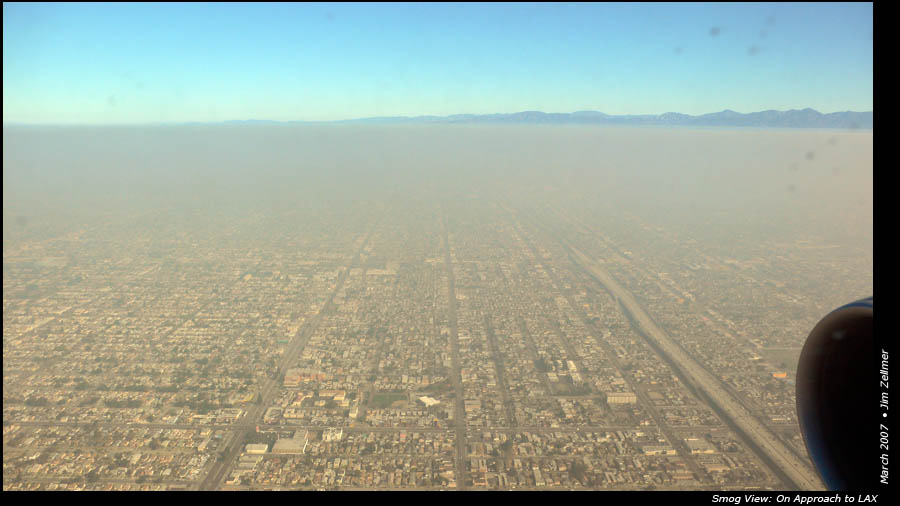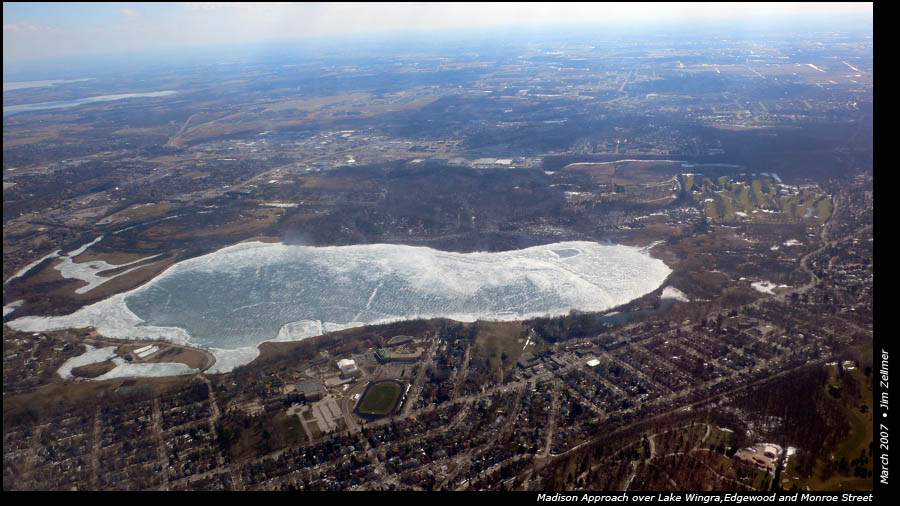This column by Tom Stills, president of the Wisconsin Technology Council, ran in the Stevens Point Journal:
A joint proposal was filed Feb. 1 by the UW System, UW-Madison and Michigan State University to open a federal energy research lab in Madison. Molly Jahn, dean of the UW-Madison College of Agriculture and Life Sciences, has described the proposal as a strong fit with faculty, staff and student projects related to bio-energy. Those projects are taking place in disciplines that encompass biology, agriculture, engineering, natural resources and the social sciences. . . .
It will be months before the next phase of the federal selection process begins, but the collaborative effort should merit a hard look in Washington. If Wisconsin is successful, it could mean several hundred jobs and tens of millions of dollars within five years.
